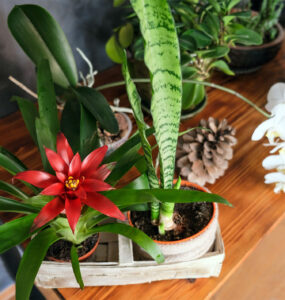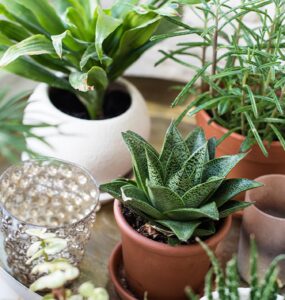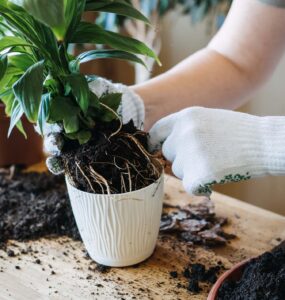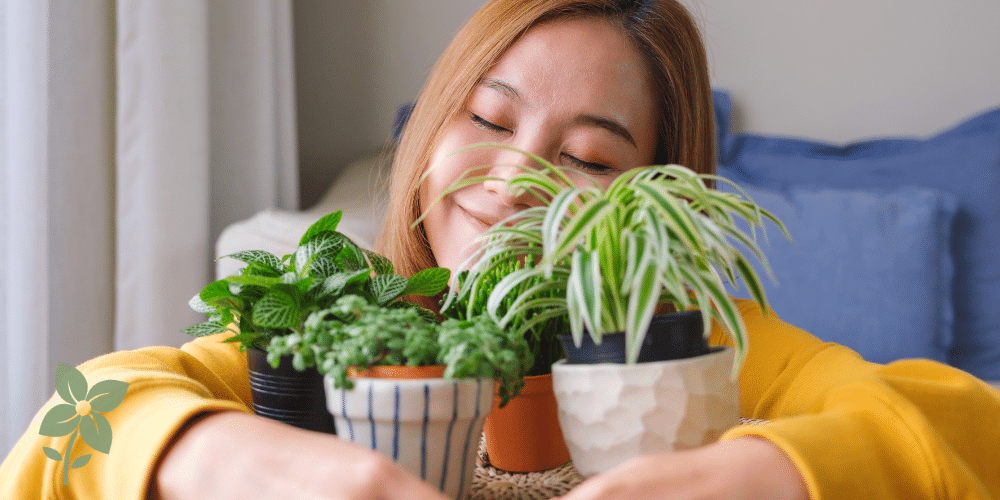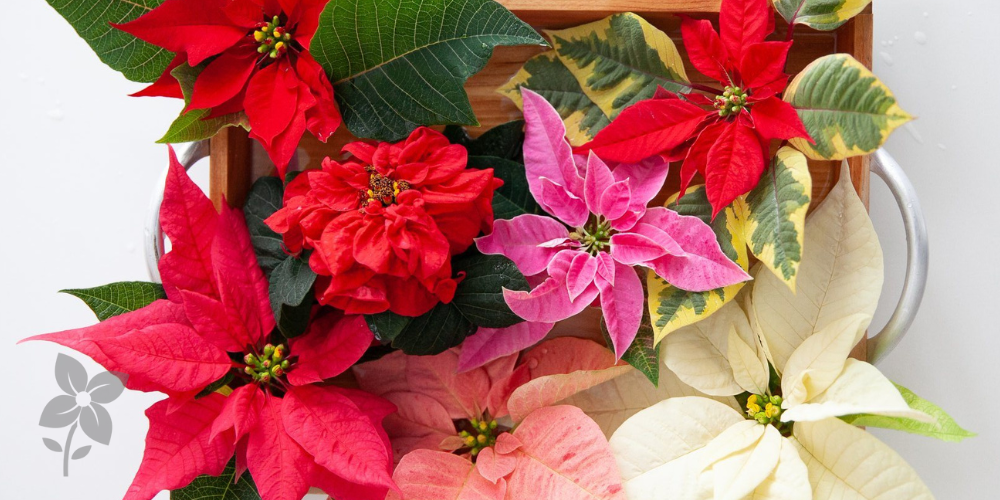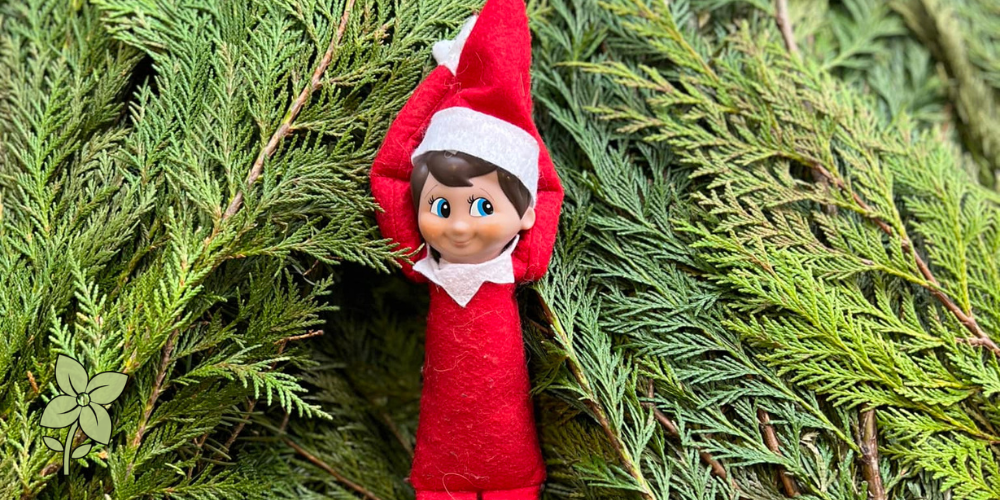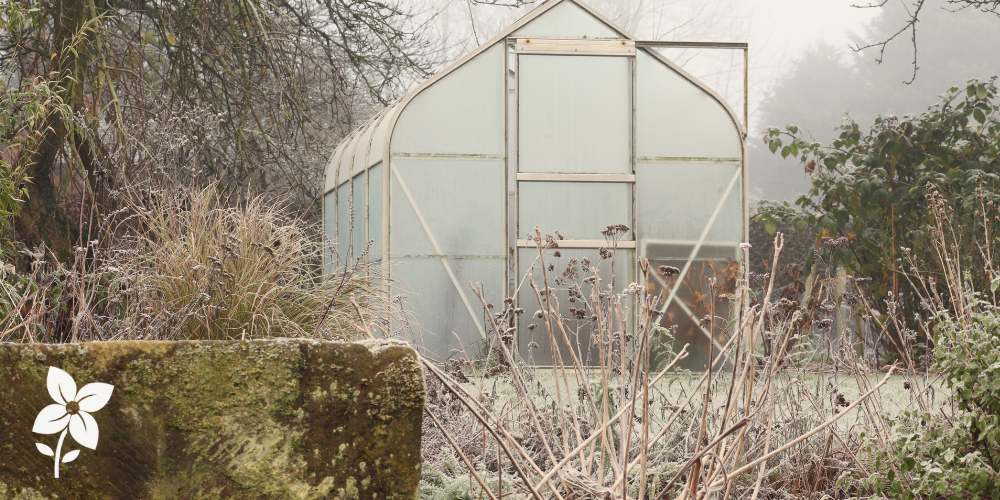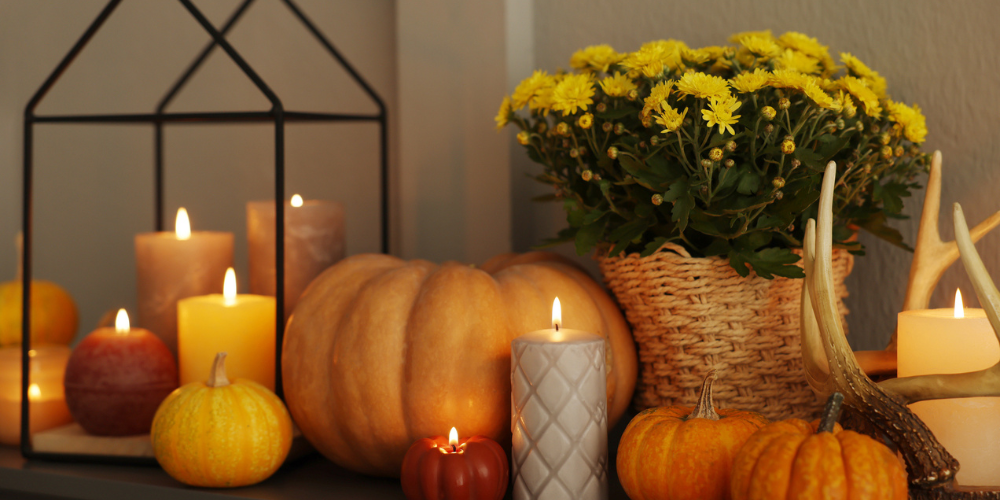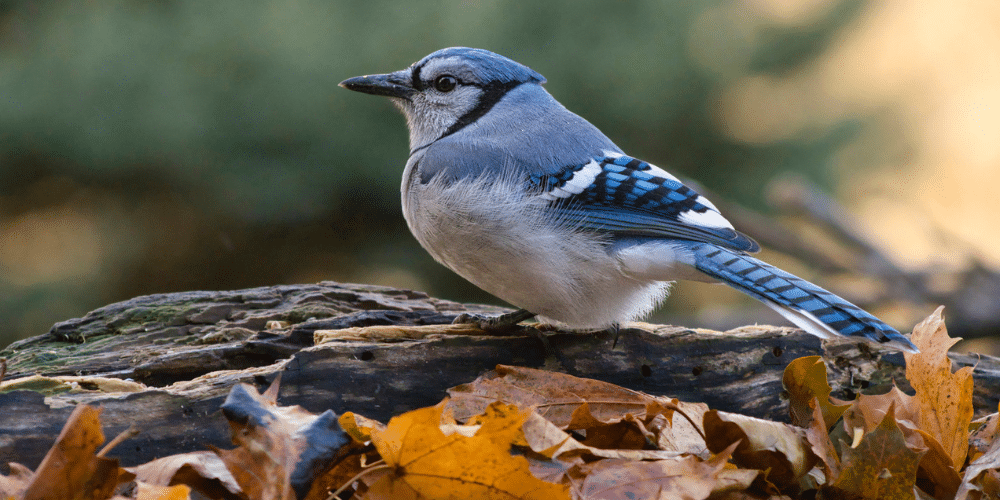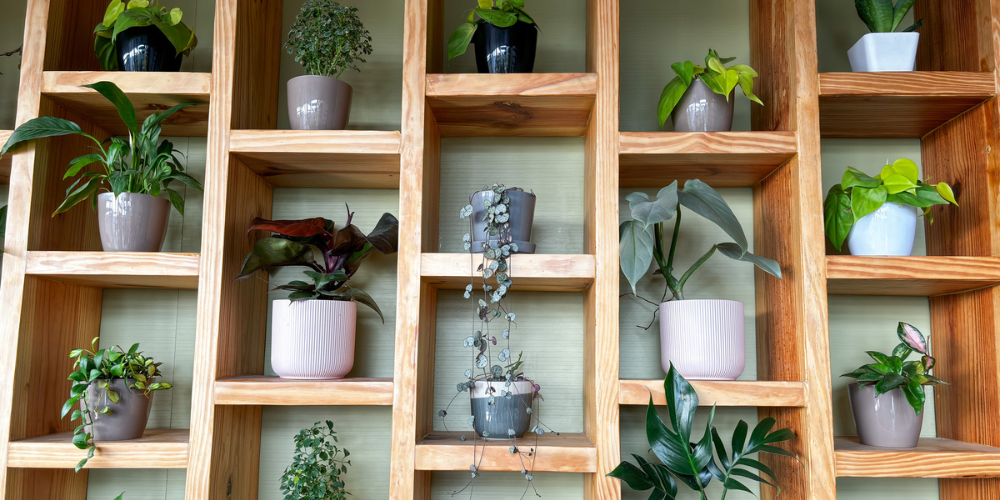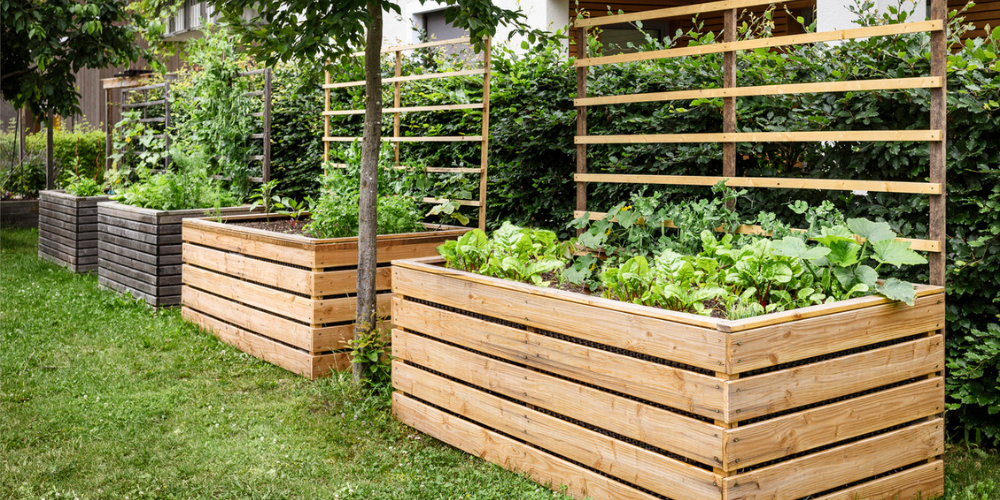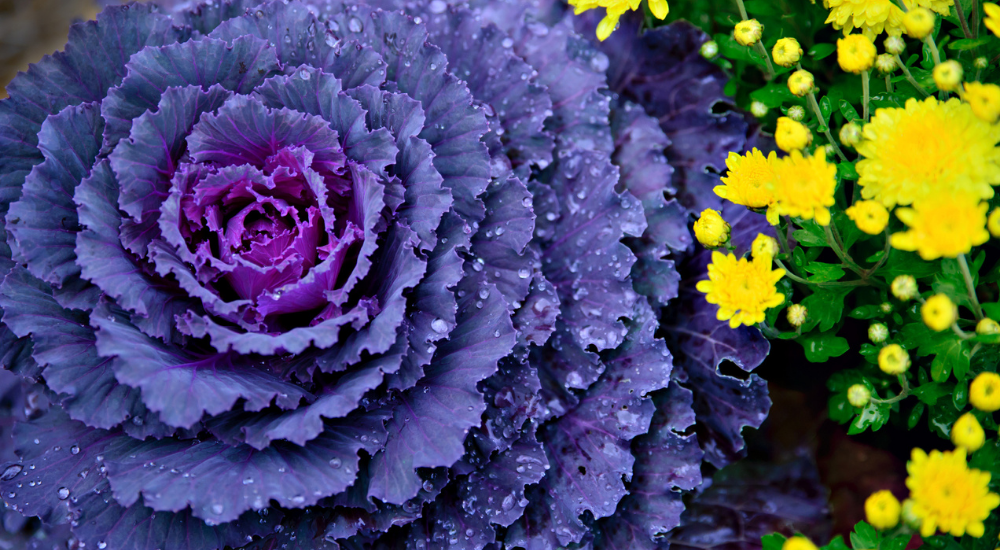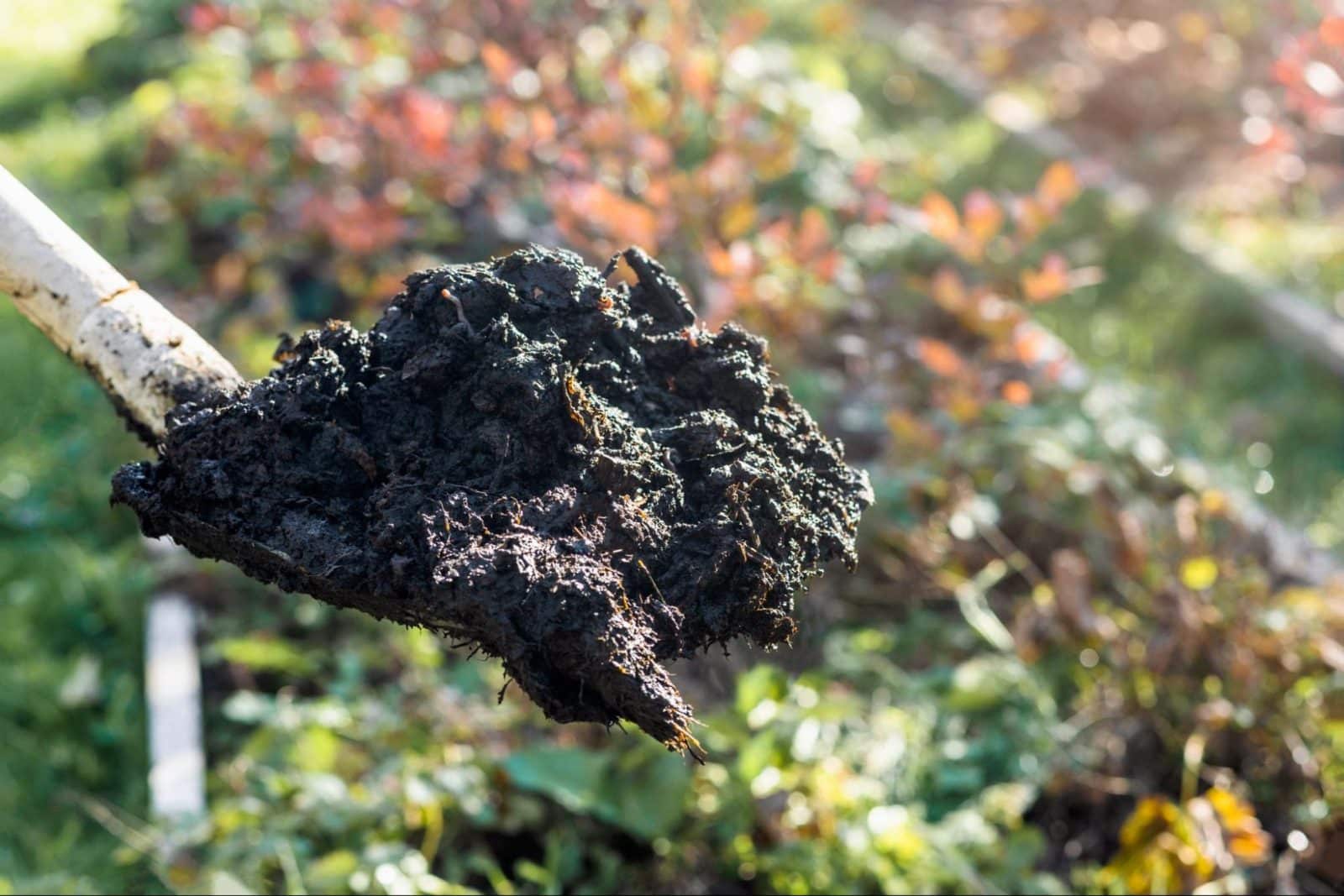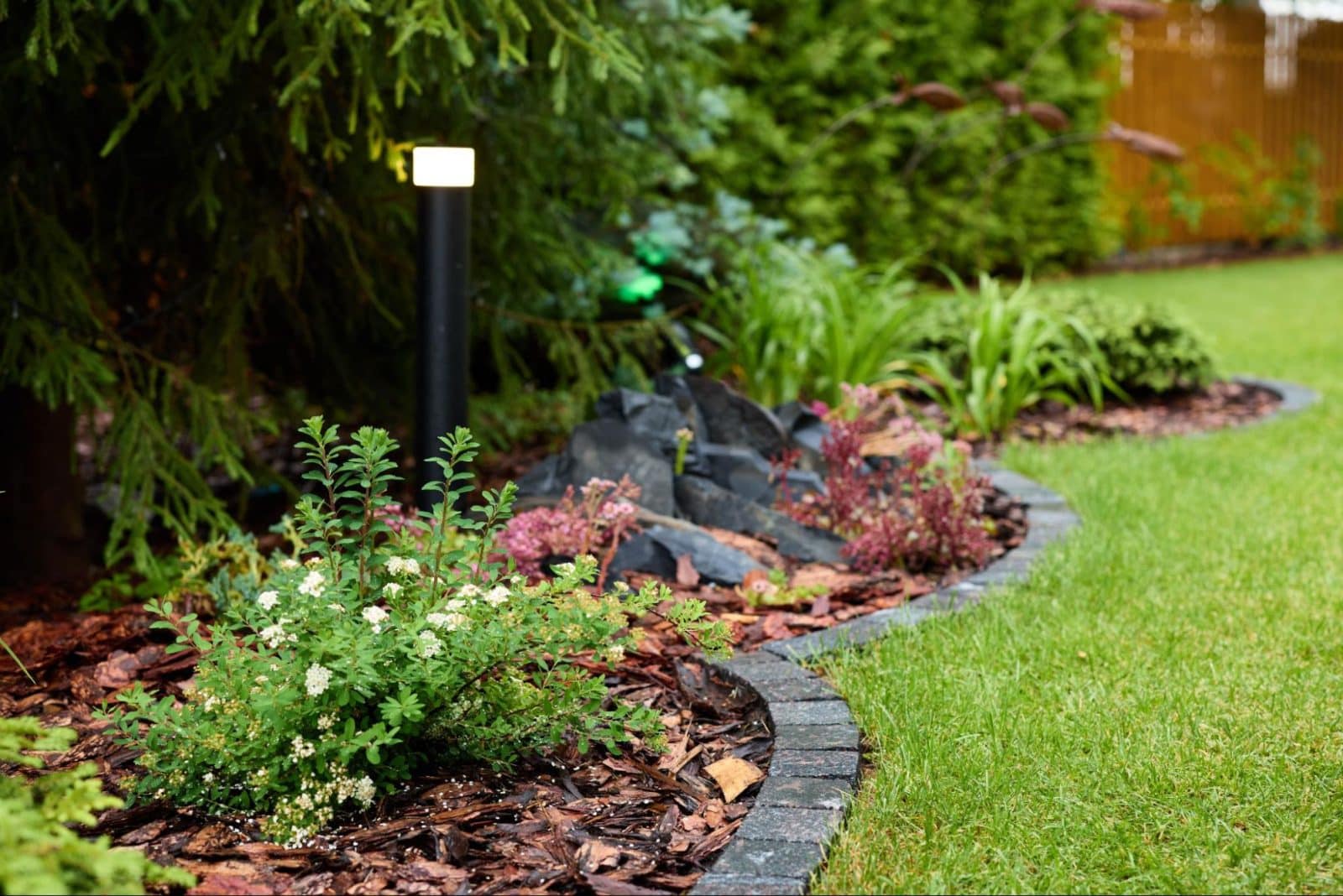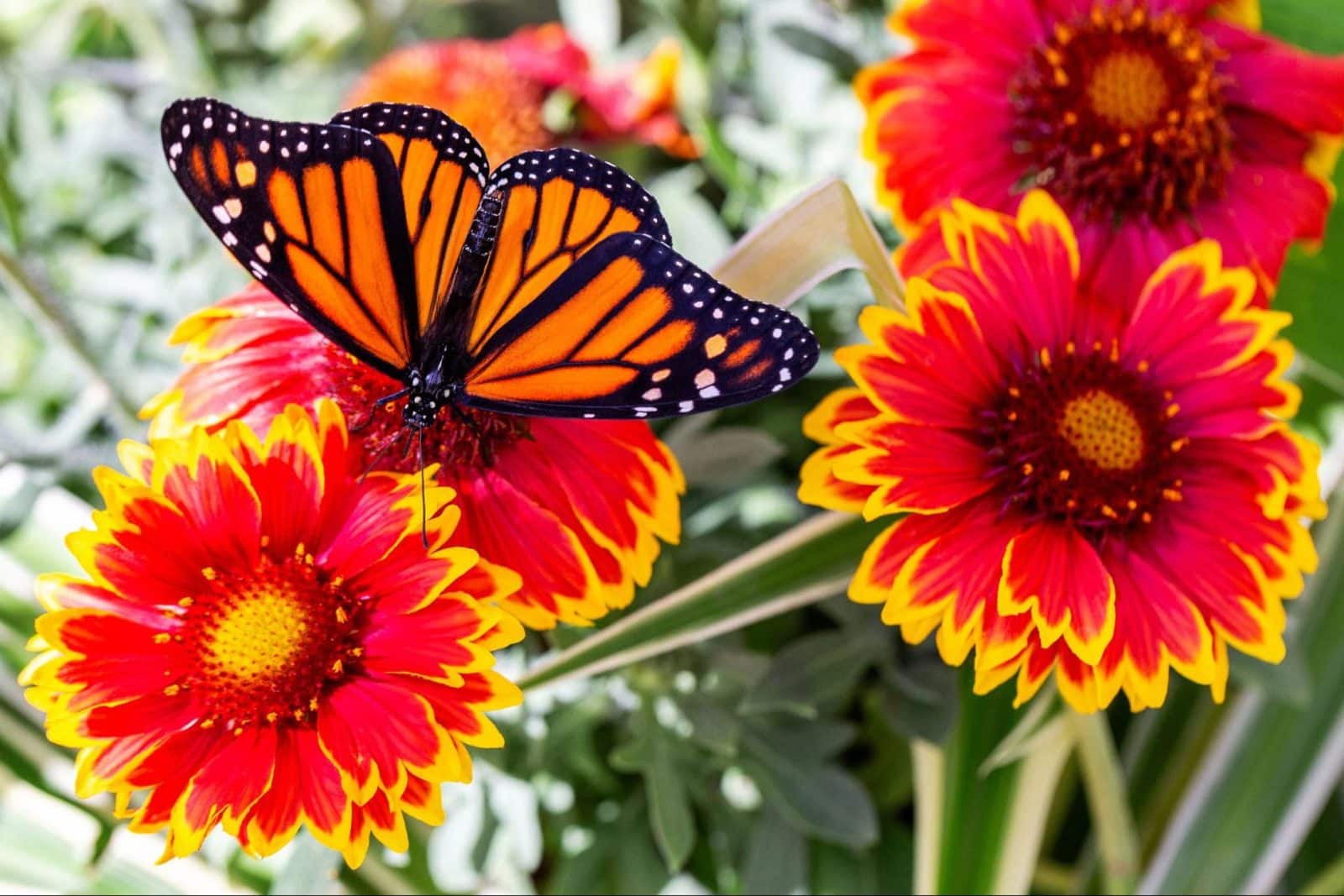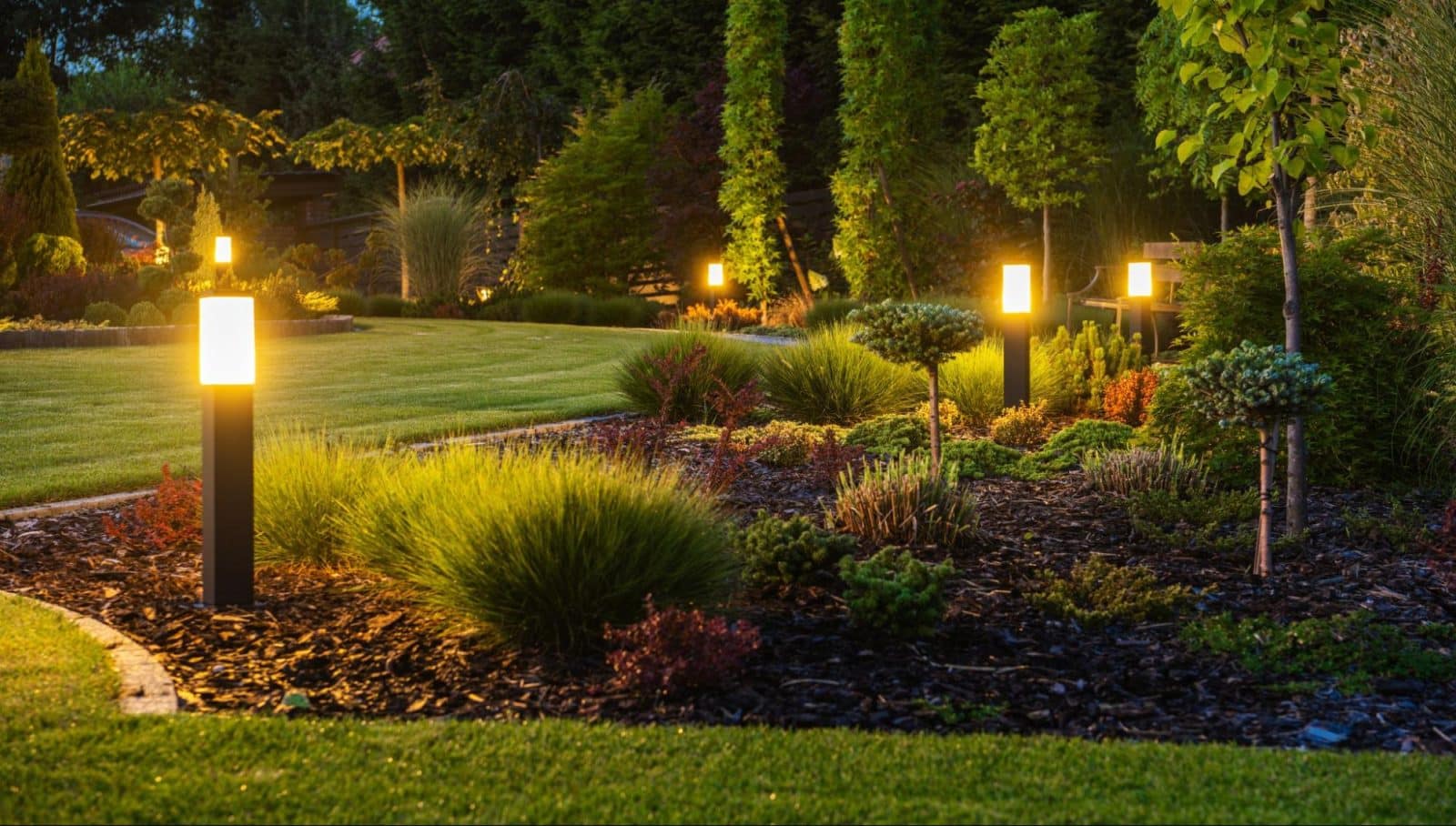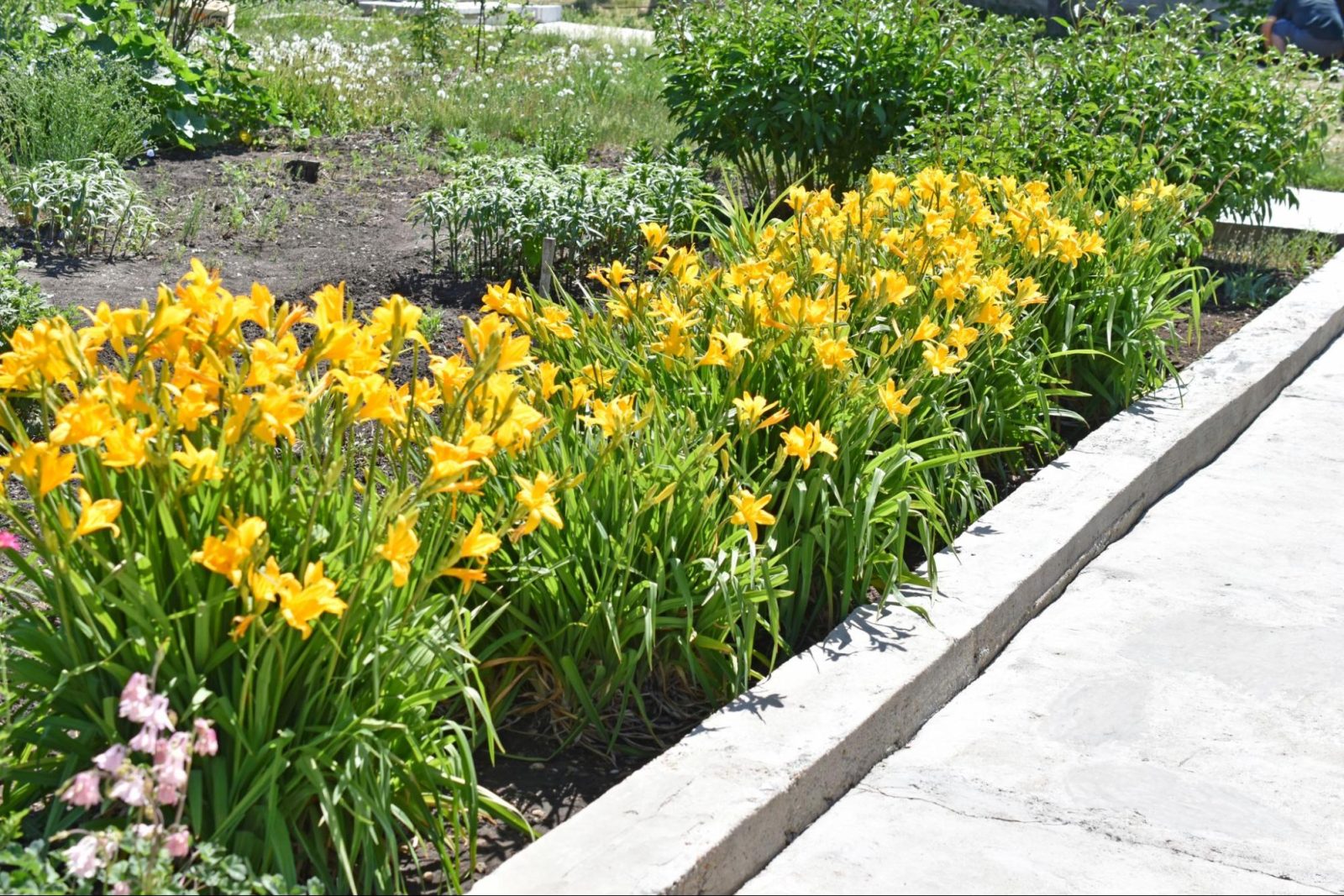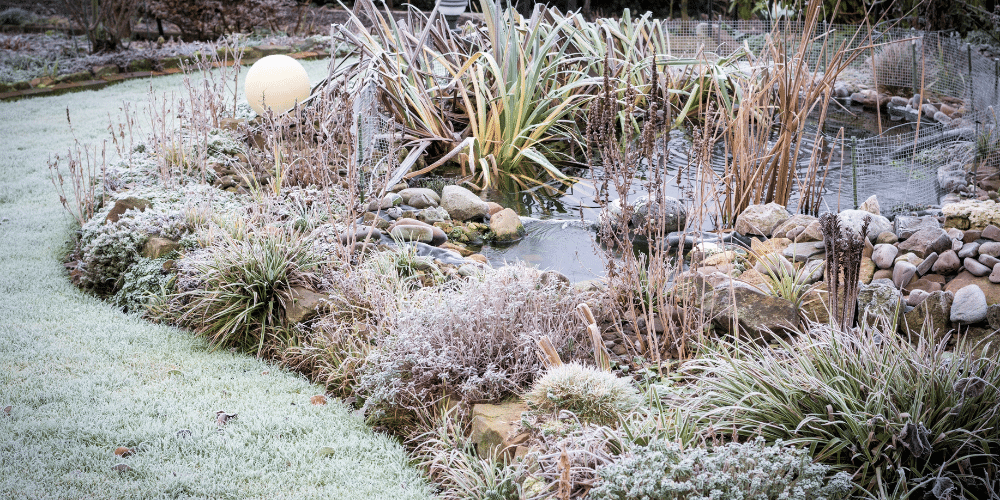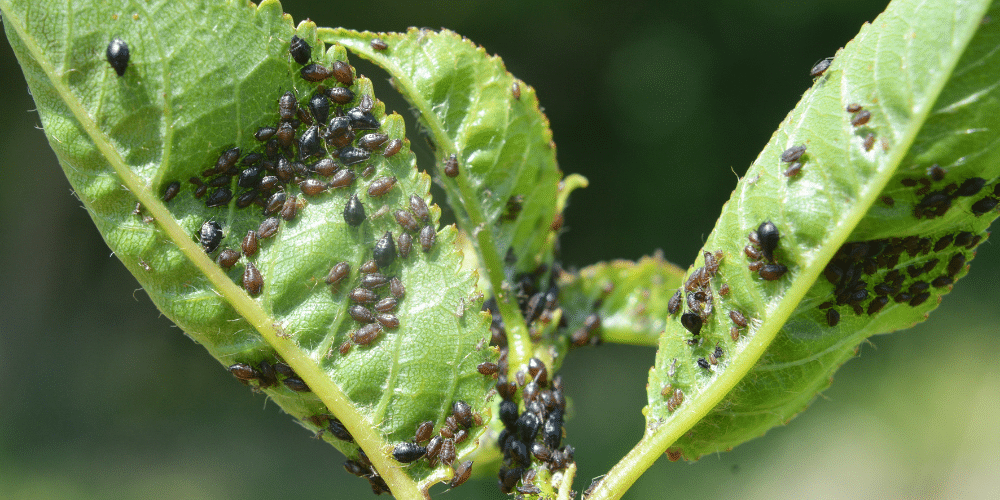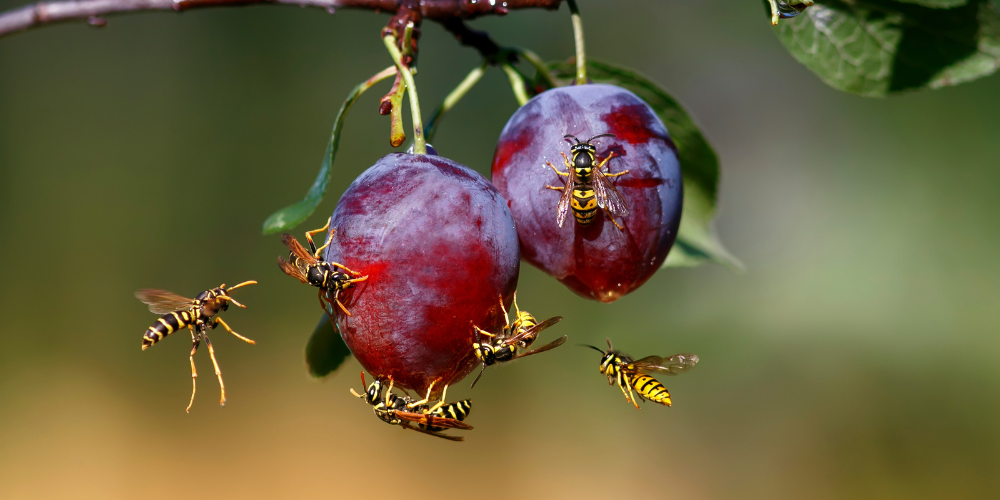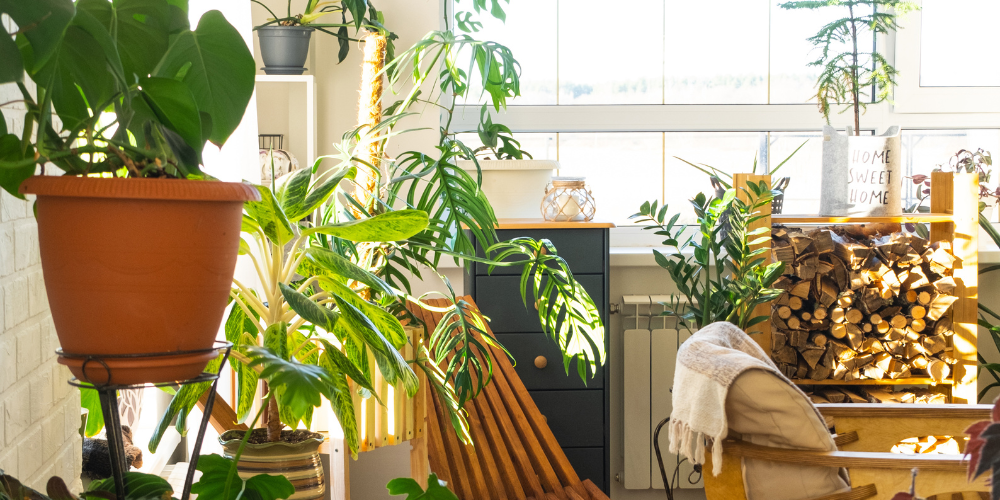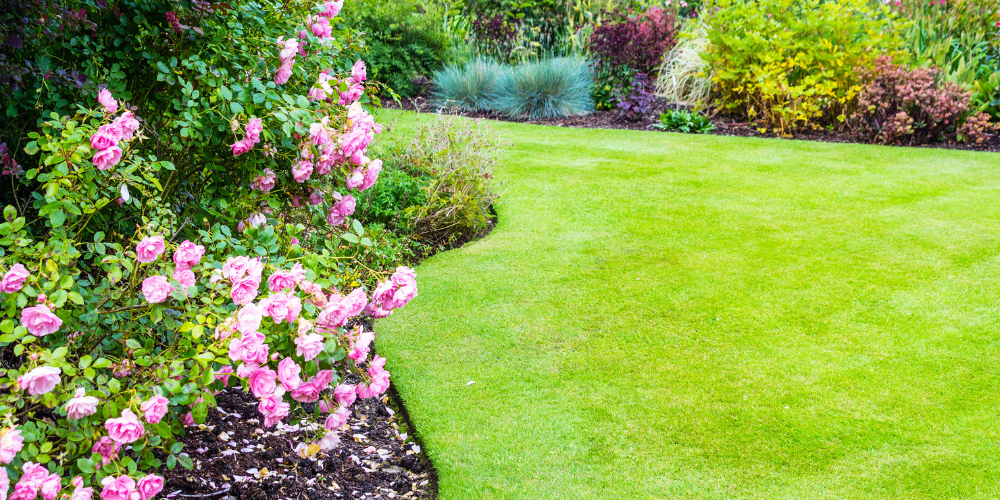Now and again a houseplant needs rejuvenating. Just as you might retreat to the spa to re-boost your mind, body, and soul, plants could use some self-care too. It can take a little detective work to determine when your plant needs some extra attention and even more discovery to find a solution.
The best way to stay on top of your houseplants’ needs is to regularly observe them throughout the day, week, and months. Watch how the leaves move. Do they reach for the light? Are they drooping on occasion? Pay close attention to the leaves’ colours. They can fluctuate through the seasons and be a sure-tell sign of an underlying issue. When you have a good sense of your houseplant’s personality, you will know when it needs your help.
We’ve outlined some of the most common issues that affect the health of a houseplant, along with ways to bring them back from the brink.
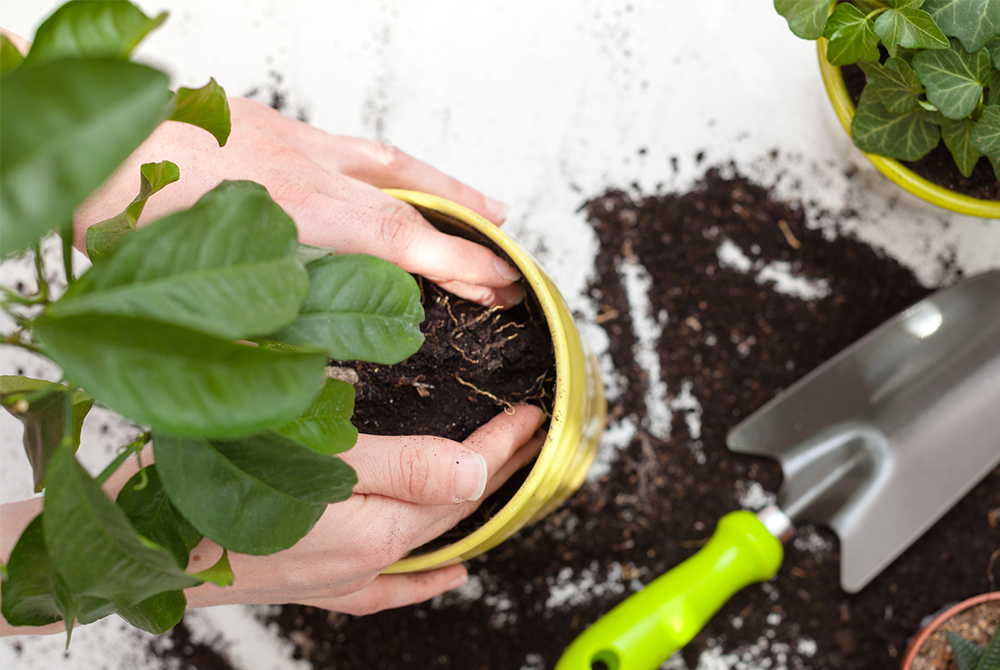
Repot = Refresh
Sometimes your plant just needs more room to grow. Like a toddler busting out the seams of their pants, your houseplants need to size up to stay thriving. When your plant is ready for an upgrade, the leaves will start showing stress, typically abnormal yellowing. Or the plant will dry out quicker than normal as the numerous roots are sucking up all the moisture. Sometimes, your only clue is that your plant is literally crammed into its container.
Before giving it more room to breathe, ensure the new container is large enough and you’ve got the right soil composition to give your plant a smooth transition.
Sunlight is Powerful
As mentioned previously, the sun shifts with the seasons. While your Birds Nest fern was basking in the warm afternoon sun a few months ago, these days he might be desperate to catch some rays. You may notice a change in leaf colour and the plant not taking in as much water as before. A little extra light might be all your friendly fern needs. If your area of the universe is exceptionally dark, consider purchasing a grow light to supplement the offseasons.
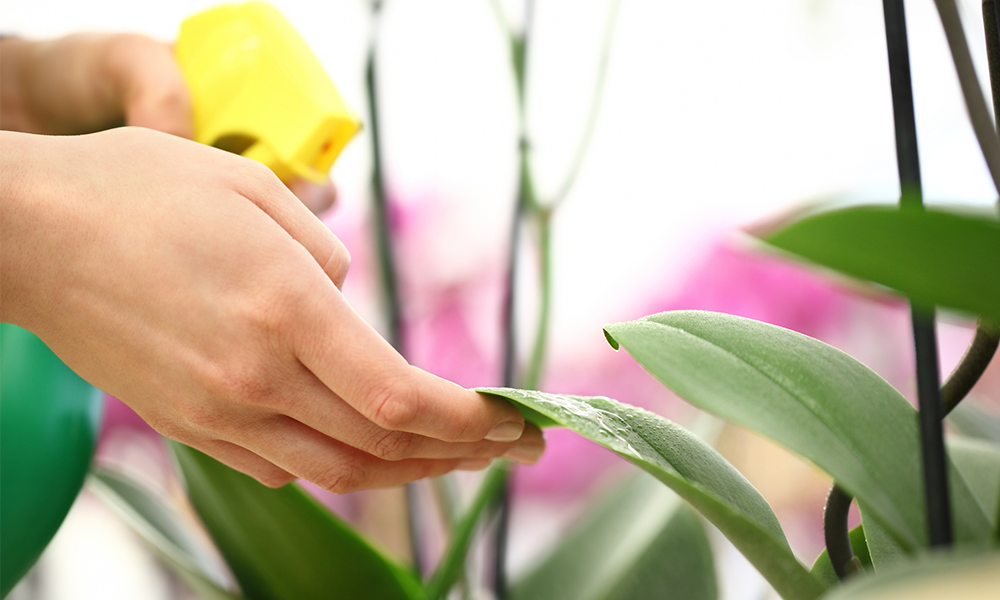
Tend to the Pests
It’s bound to happen. At some point, either you, a guest or your child will unintentionally usher a bug into the house that instantly flocks to your prized Prayer Plant. You’ll most likely see the damage first on the foliage – be it a browning spot, a crackle on a leaf, or sheer holes in the middle of the leaves. The first step to combat the pest is to spray the plant with soapy water. Any dish soap will do, and you only need a little. If that doesn’t work within a couple weeks, consider something a little more powerful such as a houseplant insecticide.
If you misjudged your watering habits and accidentally drowned your Chinese Evergreen, you might notice gnats emerging from the soil like the day of the dead. That’s a fairly easy fix. Ensure you’re allowing the soil to dry before the next watering. If you’re impatient and tired of swatting bugs, pull the plant out from its container to drain the excess water.
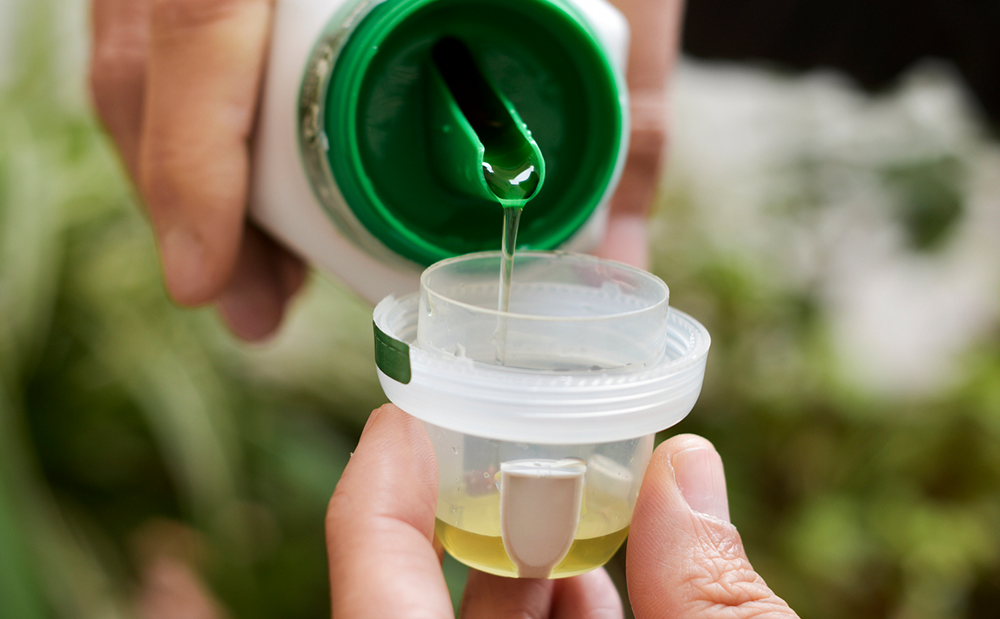
Sprinkle Some Fertilizer
Like a vitamin boost, your houseplants may need extra nutrients too. Spring is typically the best time to add fertilizer to your plant – it’s when they really start sprouting. Be careful with this solution. You can easily burn your plant by adding too much fertilizer and at the wrong time. Read the instructions in detail and apply only after you’ve considered all other potential issues that might be affecting the plant. Consult an expert for additional advice.
Air Status
Another dreaded side effect of winter is dry air. While you’re working hard to keep your plants’ soil moderately wet, it may be that the foliage needs some moisture too. Some plants are more finicky than others in regards to the air’s humidity. Weekly misting of houseplants such as Fiddle-Leaf figs or White Fusion calatheas could help them get through the drier months. A quick Google search specific to your plants’ needs might help you make the right decision. But as always, we’re here to help. Send us a message and we’ll walk you through how to revive your dying houseplant.

